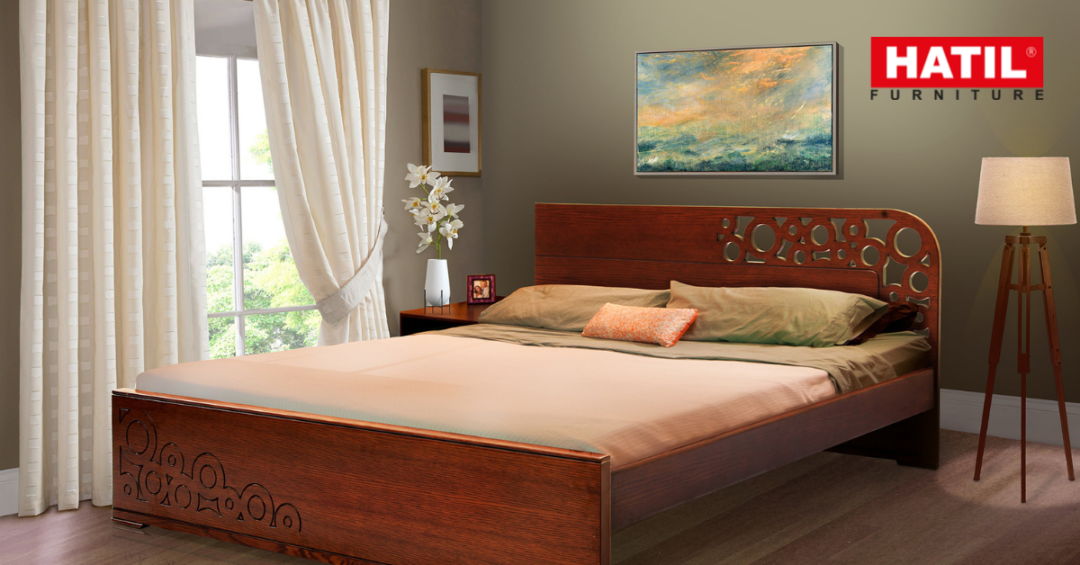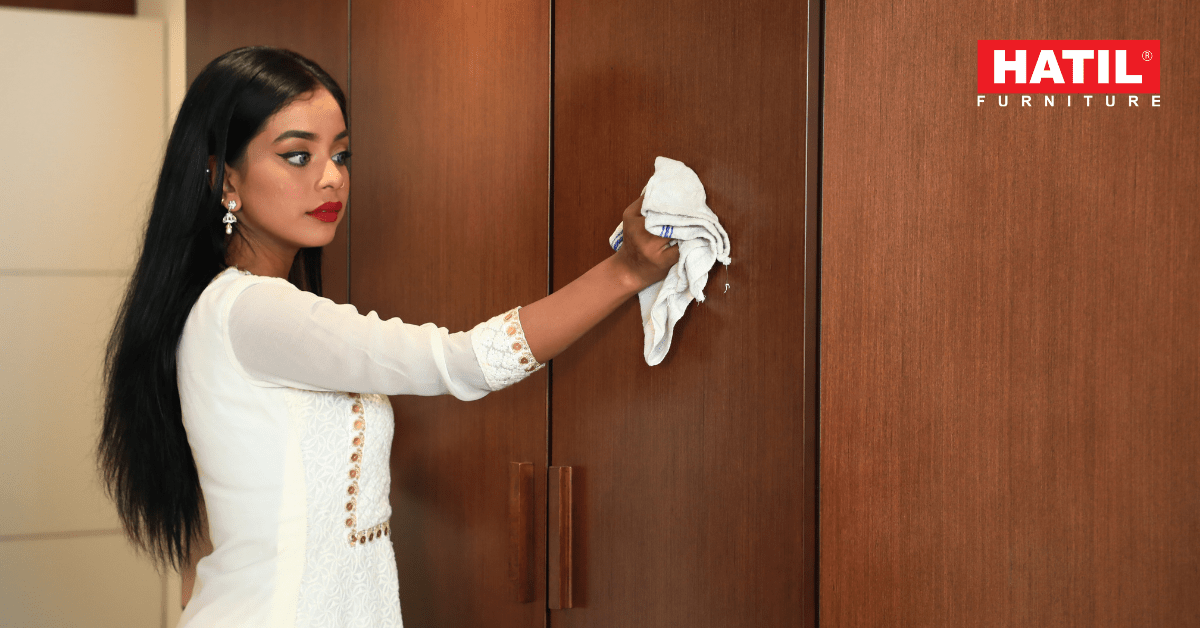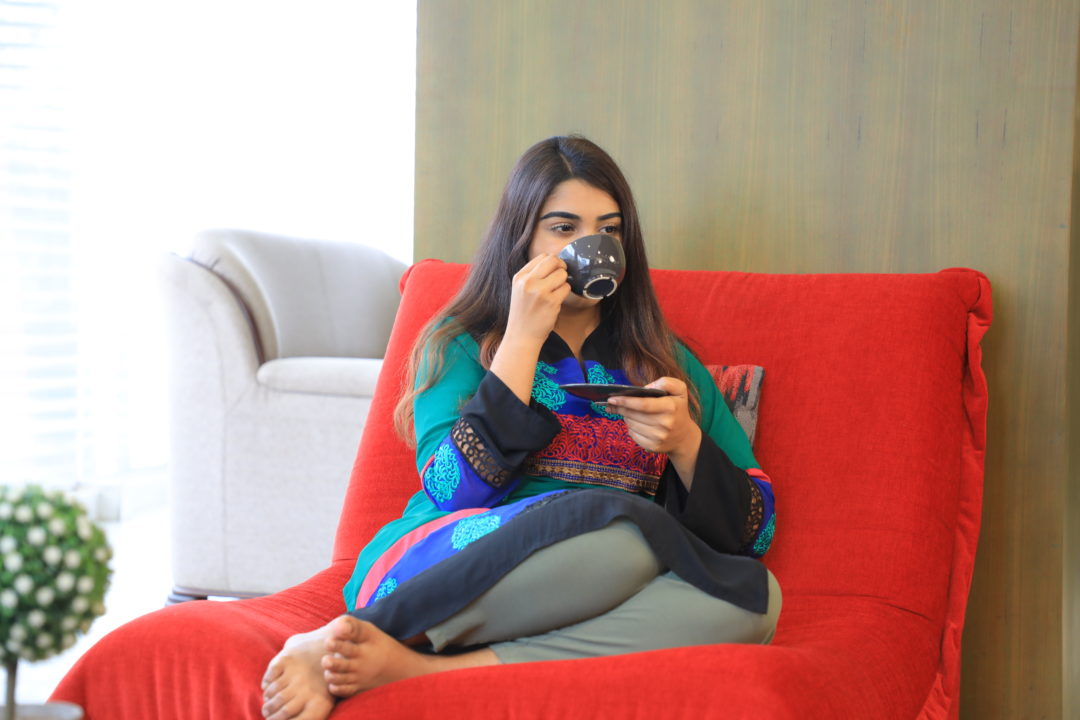Home is one’s personal sanctuary that provides emotional & spiritual warmth. It is one’s abode that becomes a foundation for the family’s shared sense of purpose. Having a shelter is both essential & endearing to us. But, its value is special from different perspectives. We express our love & passion for our home through the efforts we put in to arrange each & every room. Modern furniture with artistic designs, dedicated rooms for various activities, painting walls with different combinations of colors etc. are just some of them. Allocating a dedicated room for quarantine is a common practice in developed countries too. It is often used as a quarantine space when one has either travelled frequently in countries with contagious diseases or feels under the weather due to day to day distresses.
But, the times have changed. As COVID-19 pandemic has been prevalent for almost 2 years, all of us have been introduced to the new normal. For 3rd world countries like Bangladesh, allocating a quarantine space must have been a new trend but the majority of the people are accustomed to it now. Here are some tips & tricks to arrange your home’s quarantine spaces:
Maintaining peace & comfort is the topmost priority
In the case of arranging a recovery room, our topmost priority should be to understand what helps our patient to heal or get better at a fast pace. It shouldn’t encompass anything that might put any kind of physical or mental strain on the individual. Fabric & color of bedsheets, curtains, floor mats etc. has to be selected finding out which one’s more comfortable & suitable for the patient. Cotton, flax and hemp are the top 3 healthy & skin-friendly fabrics because of their respective unique capacities like temperature regulation, insect repellant and durability. When it comes to colors, choices can be versatile but mild colors are recommended professionally. The room can have pictures or paintings for his/her peace & comfort too.
Optimum lighting & correct temperature is the key to recovery
Controlling light is one of the important tasks in a recovery room. Melatonin is produced in darkness. So, it should be free of ambient light such as street light. Total blackout is the most effective method. If curtains leak light around the edges, replacing them would be a good decision. But, we need daylight in the morning. That’s why, once we wake up, it’s essential to get the curtains open immediately to let it enter in order to produce serotonin which is helpful to recover for patients. It’s essential to choose the right quality of the curtain in order to serve our purposes effectively. So, curtains made of organic cotton, silk or linen can be a great choice for our quarantine spaces.
Temperature is another essential factor that should be kept in check. Our bodies want to move into a cooler, not cold, environment so keeping the room at an optimal 16 to 18 degrees centigrade is suggested. Of course, we all have different sensitivities to temperature, thus, it is essential to find a temperature that works for the patient the best.
Essential furniture to keep around for convenience
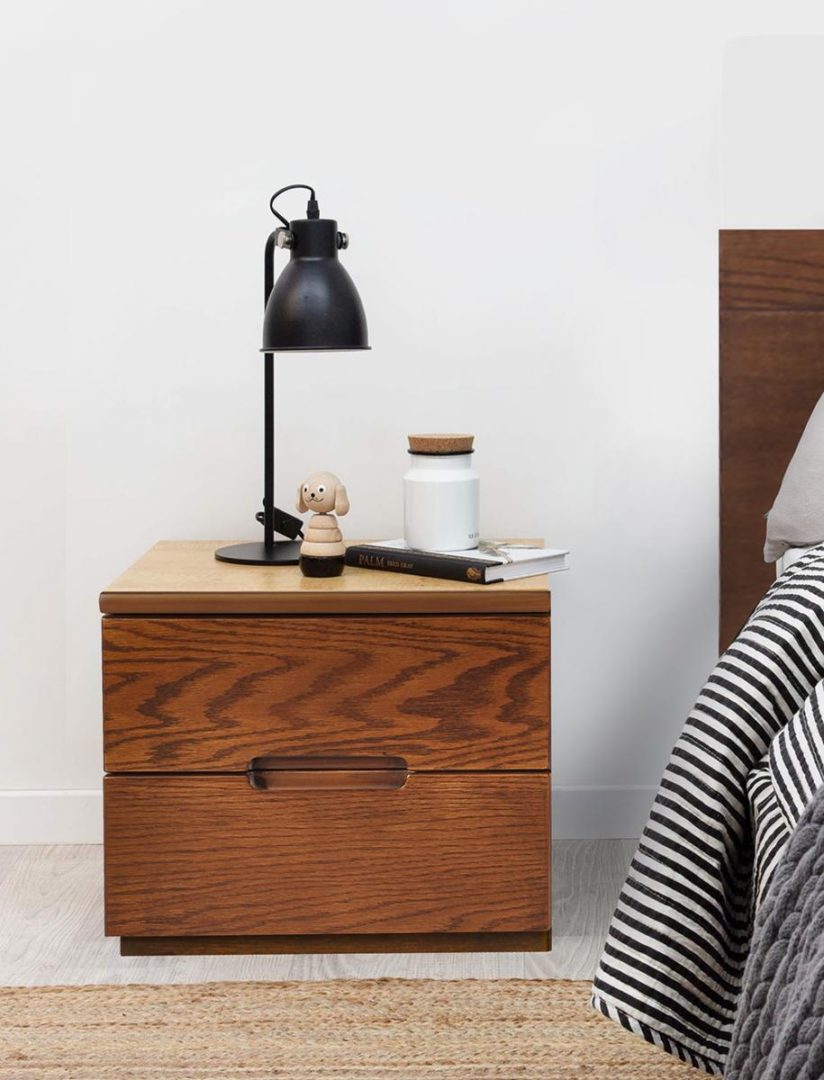
Furniture is required for convenience. But, in the case of a recovery room, we should be a bit more specific. It’s important to keep in mind that the recovery room should have an optimum amount of space for the patient to carry out their regular exercise. It also helps to keep the whole room clean & tidy. Thus, moving the unnecessary furniture from that room is a required task.
For an ideal recovery room, only a bed and a bedside table should be enough. The bed should be comfortable and able to fit an adult easily. The bedside table should be spacious enough to keep all the medicines and a glass of water so that the patient can reach out to it very easily. A wardrobe can also be set up at a corner of the room to store all kinds of dresses, medicinal facilities and permitted light snacks for greater convenience. But, if there is more than enough space in the room, a small reading table can be a good addition too. Two chairs should be kept in the room and the one that will be used by the patient should be labelled for the sake of safety.
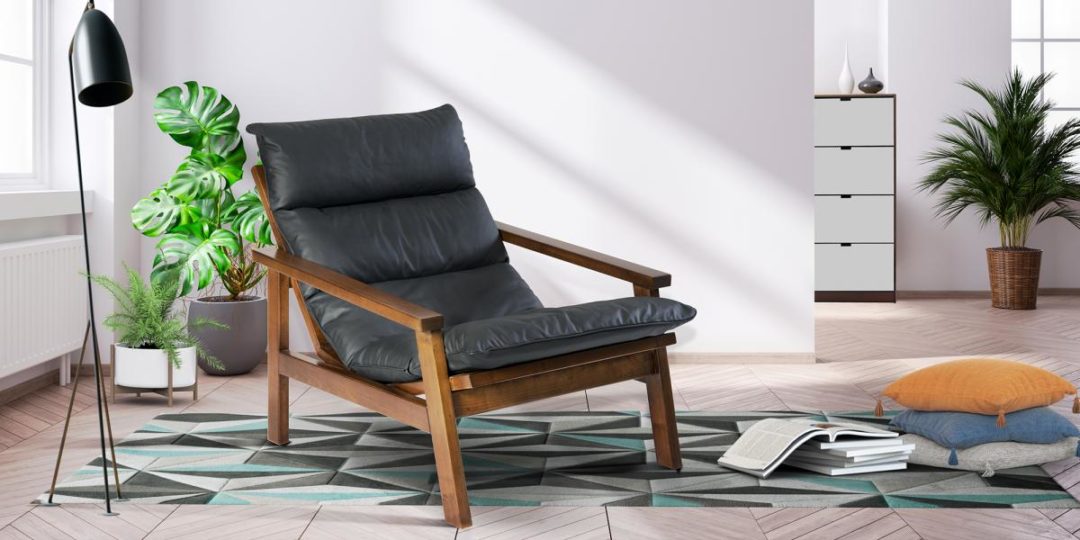 Easy chairs are a good option for quarantine spaces
Easy chairs are a good option for quarantine spaces
To-Dos & Not To-Dos
There are some common items that should be kept in a recovery room. An alarm clock should be kept at the bedside table to maintain a proper sleep schedule, and remind them of the timetable of having their medicines. Food should be served to them in airtight boxes in order to prevent the spread of microbes or bacteria over them. Toothpaste, toothbrush & slides should be provided to the patient. They should be cleaned properly every day and thrown away as soon as the patient gets cured. Mosquito nets and masks should be kept in the room for safety too. It is encouraged to not keep too many electronic devices in a recovery room. But, an ample amount of time should be allocated for the patient to use them. If the patient has a wheelchair or a crutch, they should be kept close to the patient’s bed. Thus, keeping these commodities at the correct places will assure maximum convenience & speedy recovery for the patient. In case of ideas for architectural improvisations, the washroom should be close to the room. It would be more convenient if there is one inside the room itself. Having the kitchen a bit far away for the sake of contamination is a great idea too.
Alongside following the tips & tricks shared above, a required amount of awareness & caution is a must to ensure the speedy recovery of our patients. That is only when the purpose of setting up a recovery room will be fulfilled.

